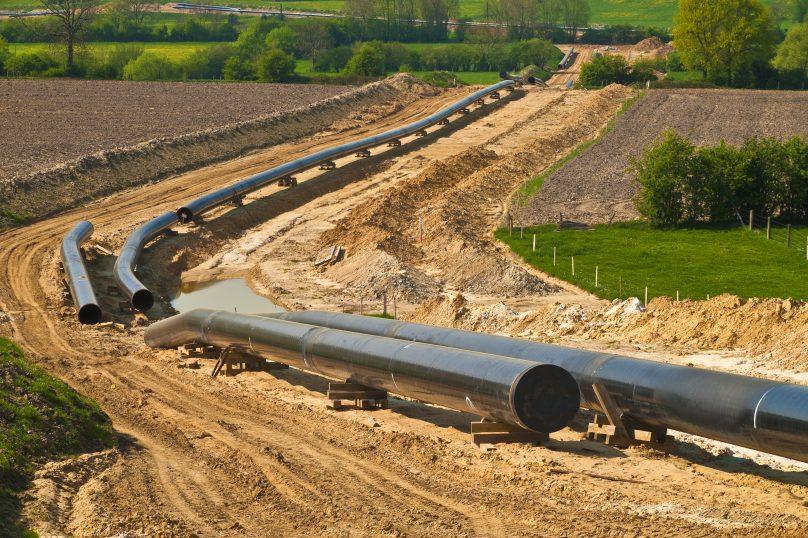Pipeline AC Interference
Project Brief
ERM was asked to assess the impact from a 400kV overhead line (OHL) upon a High Pressure Gas Pipeline that runs semi-parallel for a considerable length of the pipeline.
Normal OHL power loading was to be examined to determine the risk of corrosion of the pipeline due to long-term current flow. Transient current surges were to be analysed to evaluate whether potentials on the pipeline could exceed pipeline coating stress limits or if operator could be exposed to dangerous voltage levels at test posts.
Careful and accurate analysis was required in order that any interference that could potentially damage the integrity of the pipeline was identified and mitigated.
Where the need for mitigation was identified, the type, amount and location of installation needed to be determined.
Our Approach
- CDEGS HIFREQ was used to model the system in detail with the transmission line in normal and faulted states.
- Soil resistivity soundings were conducted along the pipeline route and analysed to produce soil models that accurately represent local conditions.
- Several sources of information were used to achieve accurate geographical modelling of the pipeline and OHL.
- ERM liaised with the distribution and transmission line operators for information on tower types, phase arrangements and current flow magnitudes.
- ERM obtained information from the gas pipeline operators to accurately mode the pipeline construction.
- Normal loading was simulated to determine the risk of long-term AC corrosion.
- Substation earth faults and five tower earth faults were simulated to determine the risk to the pipeline coating and operator safety.
- The calculated levels of AC corrosion, coating stress and operator touch voltage exposure were compared to permissible levels in the relevant standards.
Challenges
- Creating a complex CDEGS model incorporating the pipeline and transmission lines.
- Liaising with land owners to gain access to and conduct soil resistivity soundings along the pipeline route.
- Extrapolation of fault current infeed information.
- Verifying the CDEGS model.
- Correct interpretation of complex pipeline leakage currents.
- Identifying worst case touch potential locations, which may not necessarily be located at the test post closest to the faulted towers.
Project Outcome / Deliverables
- Areas of where the pipeline was exposed to a high risk of AC corrosion were identified.
- Areas where the pipeline coating stress limit was exceeded were identified.
- Tests posts where operators could be exposed to hazardous voltage levels were identified.
- The hazard was explained to the pipeline operator.
- Quantified risk assessment was applied to operator safety to determine the risk posed and whether to mitigate it
- Further simulations carried out to demonstrate mitigation options that would be effective in reducing pipeline voltage levels.

